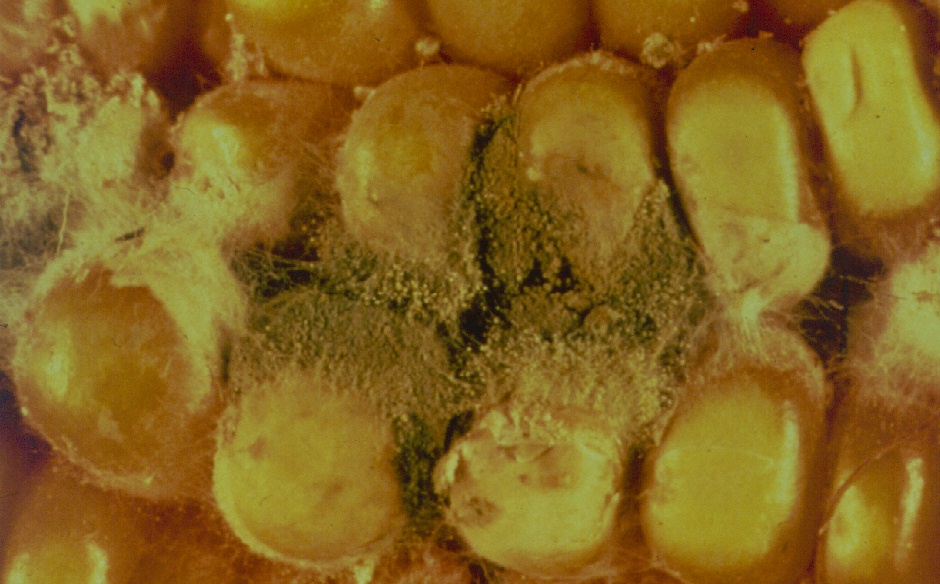This guest post by Dr. Mike Yoder with NC State University’s Department of Animal Sciences looks at the impacts of weather and climate on agriculture.
Weather has been defined as the variations of temperature, humidity, precipitation, and levels of solar radiation to which plants are exposed. Individually and jointly, these factors impact crop production and may vary greatly during a normal growing season.
Temperature and the Growing Season
The growing season, defined as the length of time (in days) when conditions are adequate to optimum for plant development, may vary for individual crops and is largely determined by air temperature and its impact on soil temperature. In the south, warm season crops like tobacco, corn, and soybeans generally require a soil temperature between 45 to 50°F for germination and initial plant growth.
Temperature is highly correlated with plant development. Growing Degree Units (GDUs) are a measure of the relationship between temperature and plant development. GDUs accumulate when the air temperature is high enough to allow plant growth and low enough to avoid heat stress. More GDUs correlate with more desirable plant growth.

The Importance of Precipitation
In addition to temperature, crop production is highly reliant on precipitation. The timing, amount, and, to a lesser degree, the type of precipitation received may impact both the quantity and quality of a crop.
Too much rain during germination may saturate soils, resulting in poor germination and reduced stands. However, too little rain during germination may reduce germination and leave plants ill-prepared for future growth and development challenges.
One to two inches of precipitation in the two weeks following the pollination of corn will boost yields. Because the amount and timing of precipitation can dramatically impact plant health and productivity, farmers, when possible, irrigate crops to minimize the risk associated with having to rely on rainfall.
The timing of precipitation may also impact length of growing season. In the spring, wet soils may limit a farmer’s opportunity to complete field work, delaying planting and potentially shortening the growing season. Length of the growing season is important since different crops and varieties of each crop have different time requirements to reach maturity.
Using corn as an example, a short-season corn may mature in 120 days where a long-season corn may require 180 days to reach maturity. A long wet spring, in which planting is delayed due to field conditions, may mean planting a different variety or switching to a different crop altogether.
In North Carolina, a wet spring may lead a farmer to plant soybeans rather than corn. An extended wet period in the spring or early summer may further cause a loss of nitrogen through denitrification (nitrogen loss due to soil bacterial activity) requiring an additional application of fertilizer to enhance crop yields. While the additional nitrogen may improve crop yields, each additional trip over the field is an added expense for the producer.

The Role of Solar Radiation
Plants use solar energy, in combination with water, to fix carbon dioxide from the atmosphere, creating carbohydrates that sustain the plants. Fixing carbon dioxide is the process of taking inorganic carbon and creating an organic product – carbohydrate – that provides energy for the plant (also known as photosynthesis).
Both the duration and intensity of solar radiation impact the level of energy available to the plant. Southern states enjoy greater intensity of solar radiation while northern states experience longer day length during the summer months, making the total energy produced for plant use fairly similar in both regions. While many factors determine the rate of photosynthesis in a plant, it is safe to say that a growing season with an over-abundance of significantly overcast days will slow plant growth and in extreme cases, reduce crop yield.
Humidity and Plant Health
The fourth factor affecting plant growth and development is humidity. Humidity can impact plant turgor pressure (or turgidity), which is a measure of the pressure between the plant cell membrane and the cell wall. Turgor pressure is an indication of the flow of water into the and out of the cell. The relationship between humidity and cell wall pressure is such that high humidity slows cellular loss of water through transpiration, maintaining the plant’s turgor pressure.
What does that mean in practical terms? When humidity is low, moisture evaporates from plants, causing a decrease in turgidity which, in the case of drought, leads to wilting of the plant and decreasing plant productivity. When humidity is high the rate of transpiration declines, increasing turgidity, curtailing evaporative cooling and in extreme cases leading to the overheating of plants.

Humidity may also affect the onset of various plant diseases. Molds and some fungi spread quickly when humidity is high. The eastern coastal plain, where summertime temperatures often reach into the middle 90s with humidity not far behind, may create a climate conducive to the formation of fungi and molds that may decrease the value of crops and stored grains.
Under ideal conditions, mycotoxins — forms of fungi — may spread throughout pastures quickly and cause health issues for horses and other livestock. When weather conditions are right, mycotoxin levels in pastures have been shown to increase or decrease dramatically in the course of just one or two days. This variation in mycotoxin presence can make it difficult to diagnose health issues in livestock.
Be sure to read the follow up to this post that looks at the state of agriculture in North Carolina and the US, including the climate sensitivities.
Sources:
- Weather and Crops by S.E. Hollinger and J.R. Angel, from the Illinois Agronomy Handbook
- Global Climate Change Impacts in the United States from the United States Global Change Research Program
- The 2011 Statistical Abstract: International Statistics from the U.S. Census Bureau